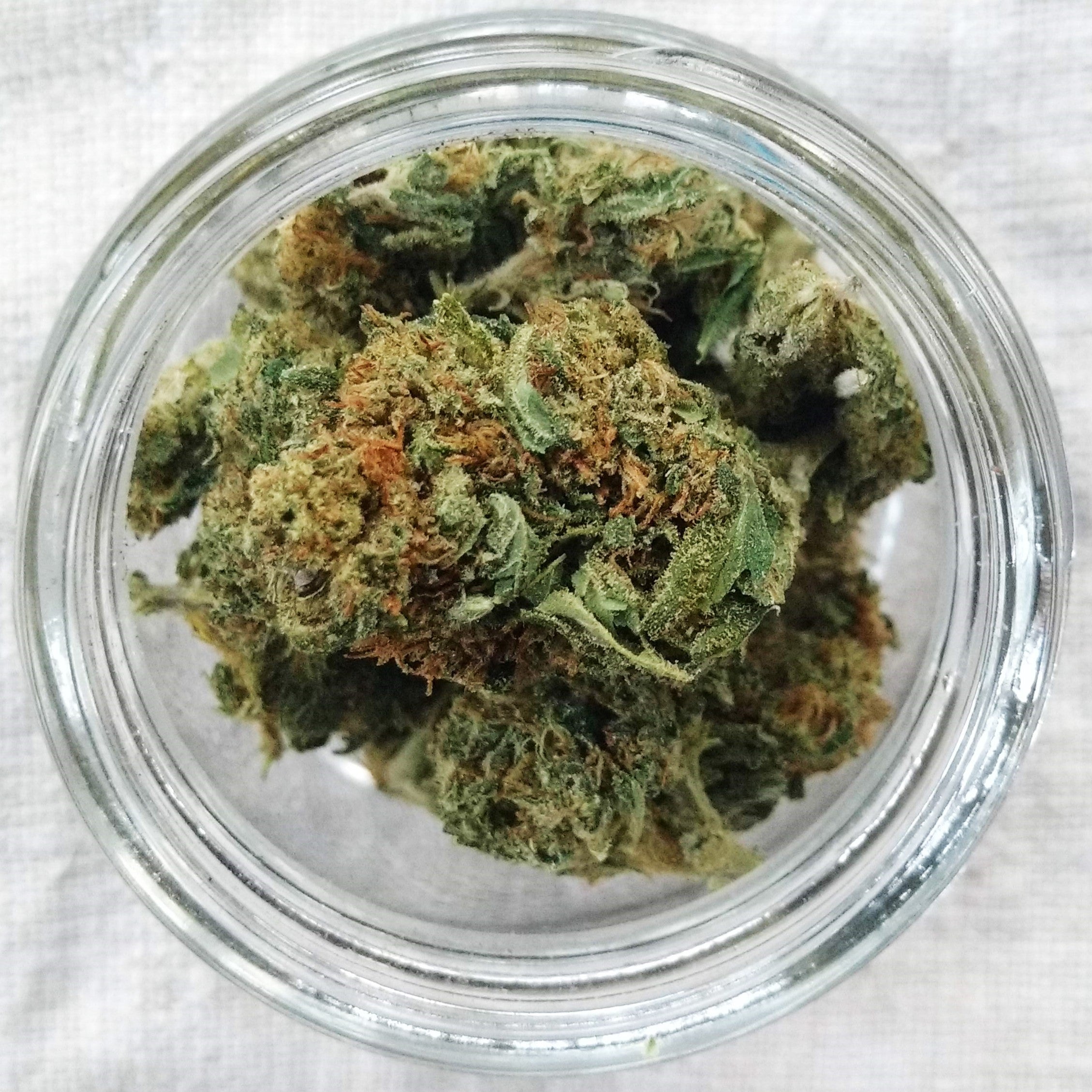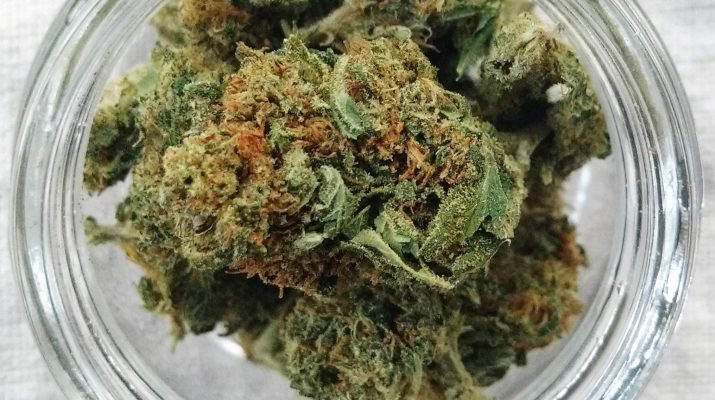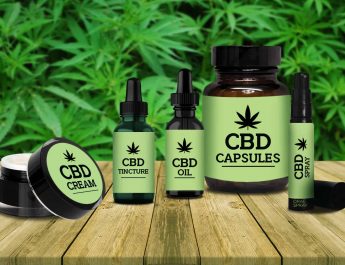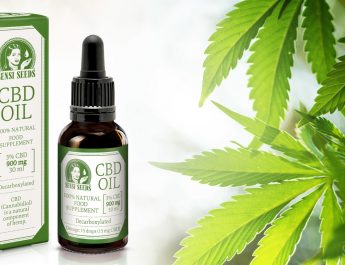The cultivation of toprated CBD hemp flower products has experienced exponential growth in recent years, driven by increasing demand for natural wellness solutions. However, as the CBD industry expands, it’s essential to consider the environmental impact of hemp cultivation practices. In this article, we’ll explore the environmental implications of growing CBD flowers and discuss sustainable approaches to minimize negative effects on the planet.
1. Water Usage and Irrigation Practices
Water usage is a critical concern in hemp cultivation, as the plant requires significant amounts of water to thrive. Traditional irrigation methods, such as flood irrigation, can lead to excessive water consumption and strain local water sources. To mitigate this impact, farmers can implement water-efficient irrigation techniques, such as drip irrigation or rainwater harvesting systems, to minimize water waste and preserve precious resources.

2. Soil Health and Conservation
Maintaining soil health is vital for sustainable hemp cultivation, as healthy soil supports robust plant growth and minimizes the need for synthetic fertilizers and pesticides. Practices such as crop rotation, cover cropping, and composting can improve soil structure, enhance nutrient retention, and reduce erosion. By prioritizing soil conservation, farmers can cultivate top-rated CBD hemp flower products while preserving the long-term productivity and biodiversity of their land.
3. Pesticide and Herbicide Usage
The use of pesticides and herbicides in hemp cultivation can have adverse effects on environmental and human health. Chemical residues may leach into soil and waterways, contaminating ecosystems and posing risks to wildlife and aquatic organisms. Adopting organic and regenerative farming practices can help minimize reliance on synthetic chemicals, promoting natural pest and weed control methods that support ecological balance and minimize harm to the environment.
4. Energy Consumption and Carbon Footprint
Energy-intensive processes, such as indoor cultivation and greenhouse operations, contribute to the carbon footprint of CBD flower cultivation. High energy consumption from artificial lighting, heating, and cooling systems can significantly increase greenhouse gas emissions and energy costs. Transitioning to renewable energy sources, such as solar or wind power, and implementing energy-efficient technologies can reduce environmental impact and promote sustainability in hemp production.
5. Biodiversity and Habitat Conservation
Hemp cultivation has the potential to impact local biodiversity and habitat integrity, especially when grown on a large scale or in ecologically sensitive areas. Clearing land for hemp cultivation can disrupt natural ecosystems and displace native plant and animal species. Implementing agroforestry practices, creating wildlife corridors, and preserving natural habitats can help mitigate these effects and promote coexistence between hemp cultivation and wildlife conservation efforts.
6. Waste Management and Recycling
Effective waste management is essential for minimizing the environmental footprint of CBD flower cultivation. Proper disposal of plant waste, packaging materials, and agricultural inputs can reduce pollution and landfill accumulation. Farmers can implement recycling programs, composting initiatives, and biodegradable packaging solutions to minimize waste generation and promote a circular economy within the hemp industry.
7. Regulatory Compliance and Certification
Government regulations and industry standards are crucial in ensuring environmental sustainability in hemp cultivation. Certifications such as USDA Organic, Certified Naturally Grown, and Regenerative Organic Certification provide guidelines and criteria for sustainable farming practices, including soil health, water conservation, and biodiversity conservation. By adhering to these standards and obtaining certifications, farmers can demonstrate their commitment to environmental stewardship and produce top-rated CBD hemp flower products with minimal ecological impact.

In conclusion, the cultivation of top-rated CBD hemp flower products has significant environmental implications that must be addressed to promote sustainability in the hemp industry. By implementing water-efficient irrigation practices, prioritizing soil health and conservation, reducing pesticide and herbicide usage, minimizing energy consumption, conserving biodiversity and habitats, managing waste responsibly, and adhering to regulatory standards, farmers can cultivate CBD flowers in a way that minimizes environmental harm and supports long-term ecological resilience. Through collective efforts and commitment to sustainable practices, we can cultivate change and ensure a greener future for hemp cultivation and the planet.




